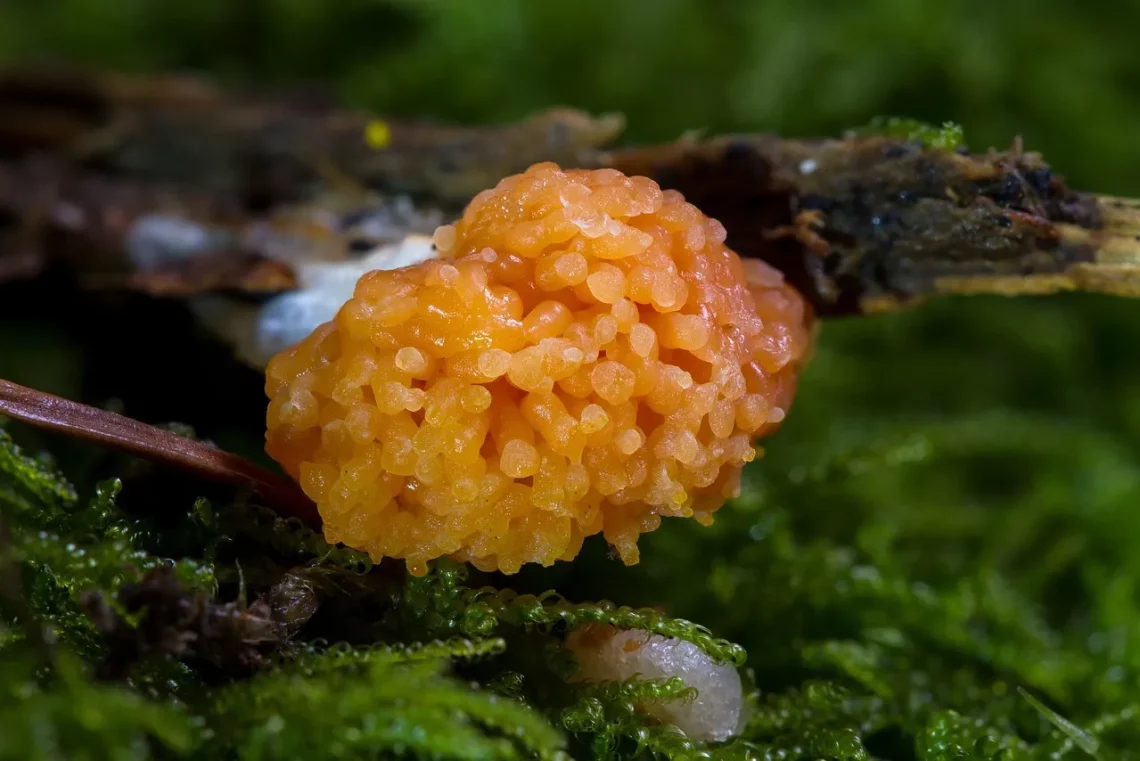
How to Effectively Remove Mold from Leather Items
Mold can be a persistent and unwelcome guest in our homes, often appearing on items that we least expect. Leather, known for its durability and elegance, is unfortunately not immune to mold infestations. The presence of mold on leather items can not only ruin their appearance but also pose health risks to individuals sensitive to mold spores. Understanding how to effectively address this issue is crucial for anyone looking to preserve their leather belongings.
Mold thrives in damp and humid conditions, making it essential for homeowners to be vigilant in maintaining the right environment for their leather goods. Whether it’s a cherished leather jacket, a vintage handbag, or a pair of shoes, the threat of mold can arise from improper storage, exposure to moisture, or even a lack of ventilation.
In addition to being unsightly, mold can cause deterioration of the leather material itself, leading to irreversible damage if not treated promptly. Thus, knowing how to remove mold effectively while preserving the integrity of the leather is vital. The process involves a combination of cleaning techniques, preventive measures, and proper care practices that ensure your leather items remain in pristine condition for years to come.
Understanding the Causes of Mold Growth on Leather
To effectively combat mold on leather, it is essential to understand the conditions that foster its growth. Mold thrives in environments that are damp, dark, and poorly ventilated. These conditions can often be found in storage areas, attics, or basements where leather items may be kept for extended periods without proper care.
Humidity is a primary factor in mold development. Leather absorbs moisture from the air, and when humidity levels rise, this can create an environment conducive to mold growth. For instance, if leather items are stored in a closet or drawer that lacks airflow, the trapped moisture can lead to mold formation.
Temperature also plays a significant role. Warm temperatures combined with humidity create an ideal breeding ground for mold spores. Therefore, it’s crucial to store leather items in cool, dry places. Regularly checking the humidity levels in your home and using dehumidifiers can help minimize the risk of mold growth.
Another contributing factor is the presence of organic material. Mold feeds on organic matter, and leather, being a natural material, contains proteins that can act as a food source for mold. If leather items are not cleaned regularly or are stored with dirt or other organic residues, they become more susceptible to mold infestations.
Understanding these causes is the first step in preventing mold on leather items. By ensuring that leather goods are stored in appropriate conditions and maintained regularly, you can significantly reduce the likelihood of mold growth and preserve the quality of your leather items.
Essential Tools and Supplies for Mold Removal
When it comes time to remove mold from leather items, having the right tools and supplies is crucial for effective cleaning. The following list outlines essential items you should gather before starting the removal process.
1. **Soft Brushes**: A soft-bristled brush is ideal for gently removing surface mold without damaging the leather. Avoid using stiff bristles that can scratch or scuff the leather surface.
2. **Mild Soap or Leather Cleaner**: Using a mild soap or a specially formulated leather cleaner can help break down mold and dirt. Ensure that the product is safe for use on leather to avoid discoloration or damage.
3. **Vinegar or Rubbing Alcohol**: Both vinegar and rubbing alcohol are effective natural mold removers. They have antifungal properties that can kill mold spores. A solution of equal parts vinegar or alcohol with water can be effective for treating moldy spots.
4. **Microfiber Cloths**: These cloths are excellent for cleaning and drying leather surfaces without leaving lint behind. They are soft enough to avoid scratching the leather while effectively absorbing moisture.
5. **Conditioner**: After cleaning, it’s essential to restore moisture to the leather using a quality leather conditioner. This helps maintain the leather’s suppleness and prevents future mold growth.
6. **Protective Gear**: When dealing with mold, it’s wise to wear gloves and a mask to protect yourself from inhaling mold spores. This is particularly important for individuals with respiratory issues or mold allergies.
By having these tools and supplies at your disposal, you will be well-equipped to tackle mold on leather items effectively. Always remember to work in a well-ventilated area and take your time to ensure that the cleaning is thorough yet gentle to preserve the integrity of the leather.
Step-by-Step Process for Mold Removal
Removing mold from leather requires a careful approach to ensure that the material is not damaged in the process. Here’s a step-by-step guide to effectively eliminate mold from your leather items.
1. **Initial Assessment**: Start by examining the leather item to assess the extent of the mold growth. Identify the affected areas, and check for any signs of damage to the leather. If the mold has penetrated deeply or caused significant damage, it may be best to consult a professional.
2. **Brush Off the Mold**: Take the soft-bristled brush and gently brush away any loose mold spores from the surface of the leather. Be sure to do this outdoors or in a well-ventilated area to prevent mold spores from spreading indoors.
3. **Prepare the Cleaning Solution**: Mix a solution of equal parts vinegar or rubbing alcohol with water. Dampen a microfiber cloth with the solution, ensuring that it is not soaking wet, as excess moisture can further harm the leather.
4. **Clean the Affected Areas**: Using the damp cloth, gently wipe the areas with mold. Avoid scrubbing too hard, as this can damage the leather. Focus on the spots with visible mold, and be consistent in your cleaning.
5. **Dry the Leather**: After cleaning, allow the leather item to air dry in a well-ventilated area, away from direct sunlight or heat sources that could cause the leather to crack.
6. **Condition the Leather**: Once the leather is completely dry, apply a leather conditioner to restore moisture and suppleness. This step is crucial, as it helps prevent future mold growth by keeping the leather healthy.
7. **Store Properly**: To prevent future mold infestations, store your leather items in a cool, dry place with adequate airflow. Consider using silica gel packets or other moisture absorbers to help maintain low humidity levels.
By following these steps, you can effectively remove mold from your leather items while preserving their quality and longevity. Regular maintenance and care will further help keep your leather belongings in excellent condition.
Preventive Measures to Keep Mold Away
Once your leather items are mold-free, it’s vital to implement preventive measures to ensure that mold does not return. Prevention is often easier than removal, and there are several strategies you can adopt to keep mold at bay.
1. **Humidity Control**: Maintaining optimal humidity levels is crucial. Aim for a humidity level between 30-50%. Using dehumidifiers in damp areas of your home can significantly reduce the chances of mold growth.
2. **Proper Storage**: Store leather items in breathable cotton bags rather than plastic containers, as plastic can trap moisture. Ensure that the storage area is well-ventilated and free from dampness.
3. **Regular Cleaning**: Regularly clean your leather items to remove dirt and organic matter that can attract mold. Use a soft cloth to wipe down your leather goods, and consider applying a leather conditioner every few months.
4. **Avoid Direct Moisture**: Be cautious with exposure to water. If your leather item gets wet, dry it immediately with a soft cloth and allow it to air dry away from heat sources.
5. **Ventilation**: Ensure that closets and storage areas have adequate ventilation. Keeping doors slightly open or using air circulation devices can help maintain a dry environment.
By implementing these preventive measures, you can significantly reduce the likelihood of mold growth on your leather items. Regular care and attention will help keep your leather belongings looking their best and lasting longer.
In conclusion, while dealing with mold on leather items can be a daunting task, understanding the causes and implementing effective cleaning and preventive measures can make the process manageable. Always prioritize the care and maintenance of your leather goods to ensure their longevity and beauty.
**Note**: This article is not intended as medical advice. If you have health concerns related to mold exposure, please consult a healthcare professional.




